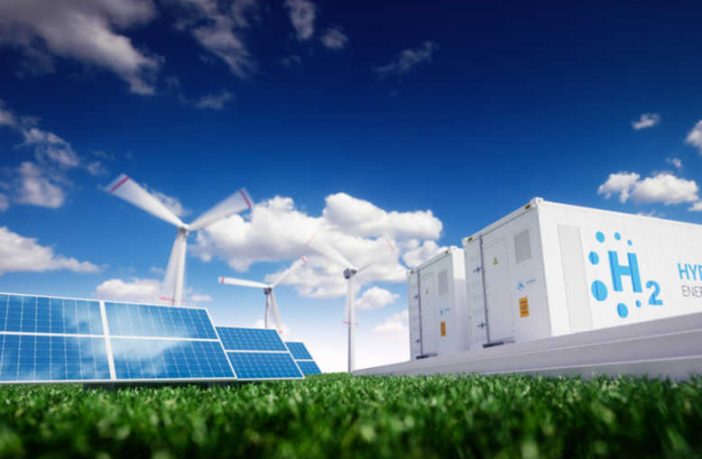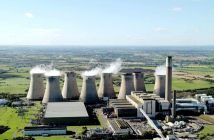- The Australian Renewable Energy Agency announced last week said on Friday it would provide A$1.7 million ($1.1 million) toward the A$4.4 million feasibility study to producing hydrogen using wind and solar power to split water and converting the hydrogen to ammonia in Western Australia.
- This forms part of a push by the government to make the country a major producer of hydrogen by 2030.
The study will generate findings to better understand the technical and financial implications of a fully integrated renewable hydrogen supply chain. Furthermore, it will analyse the economic opportunity presented by renewable hydrogen and determine how it can be scaled-up to satisfy future demand.
ARENA CEO Darren Miller said renewable hydrogen represents a significant future economic opportunity for Australia.
“Australia is a key market for BP and other companies to progress their strategic developments for the future renewable hydrogen industry because of our abundant renewable energy resources and established trade partners.”
“This study presents an important opportunity to support heavy industry to reduce its emissions. Early investments in feasibility studies like this will help us to realise the opportunity that renewable hydrogen represents and will ultimately help us to achieve our goal of producing renewable hydrogen and ammonia at a competitive price.” Mr Miller said.
BP Chief Operating Officer – Asia Pacific, Frédéric Baudry said “BP believes that ‘green’ hydrogen, produced using renewable energy, will play an increasingly important role, particularly in parts of the world with high renewable energy potential, such as Western Australia.”
ARENA has committed over $55 million towards hydrogen initiatives so far, including over $22 million to R&D projects, and almost $28 million to demonstration, feasibility and pilot projects.
BP expects to complete the feasibility study in early 2021 on whether to build a pilot plant in the town of Geraldton to produce 20,000 tonnes a year of ammonia and later a commercial-scale facility capable of 1 million tonnes. The company did not give a time line on the scale up.
At commercial scale, BP would produce green ammonia for domestic and export markets and the plant would require around 1.5 gigawatts of power capacity, the company said.
Author: Bryan Groenendaal
Source: ARENA











